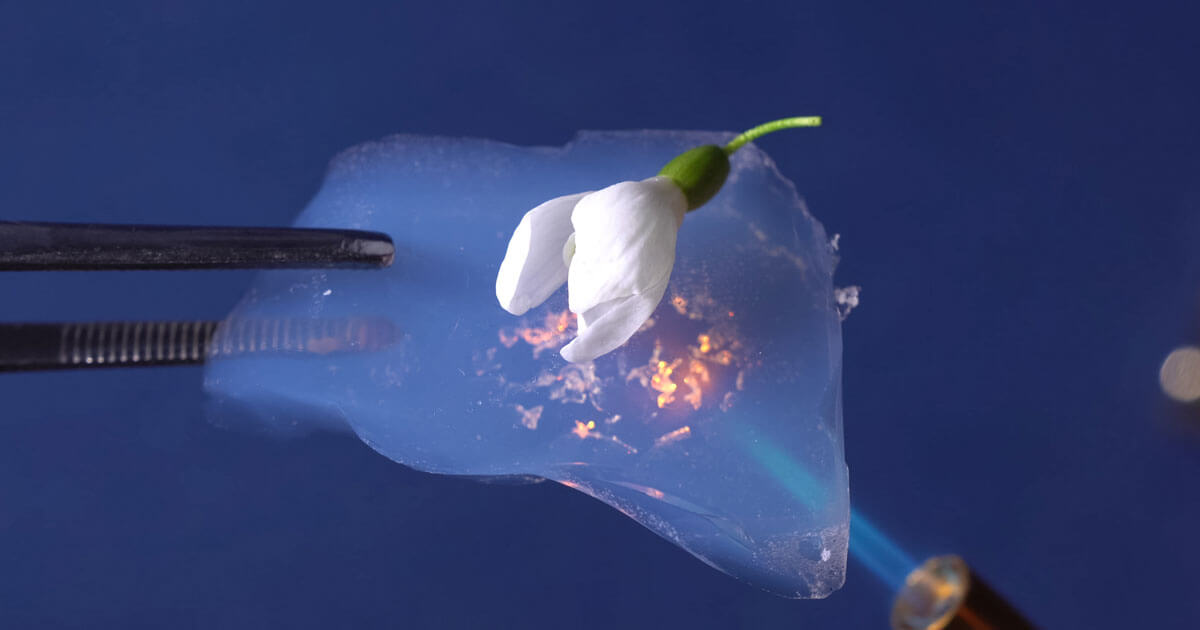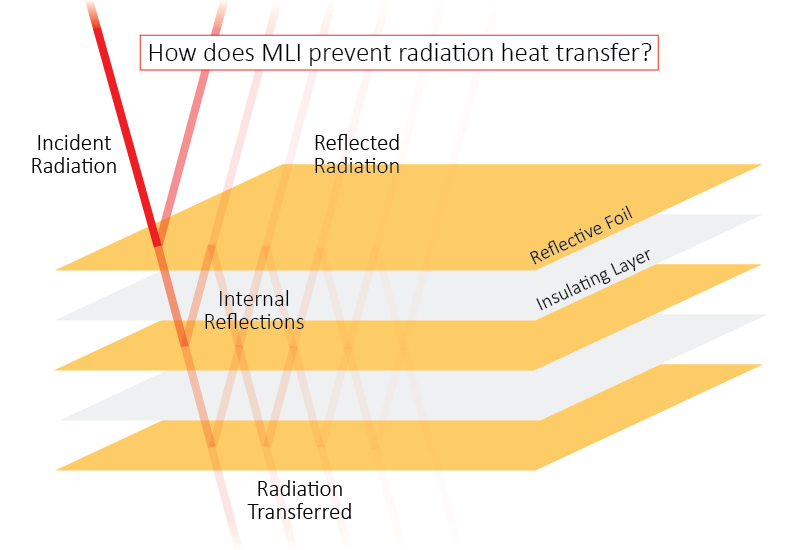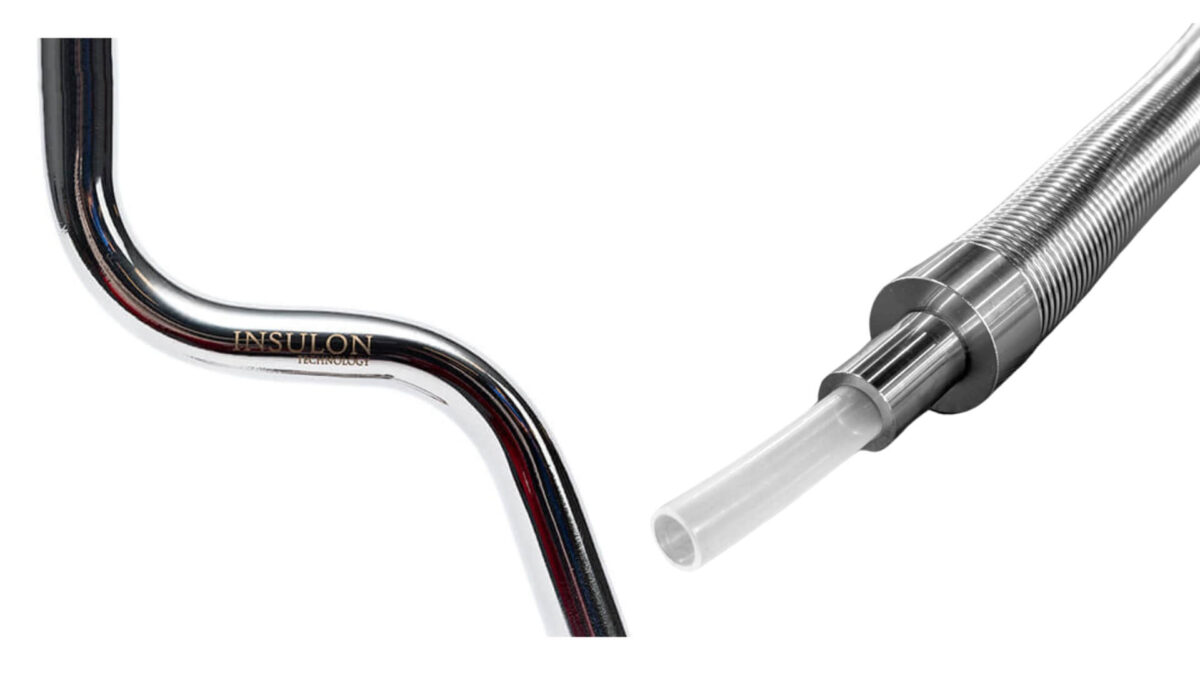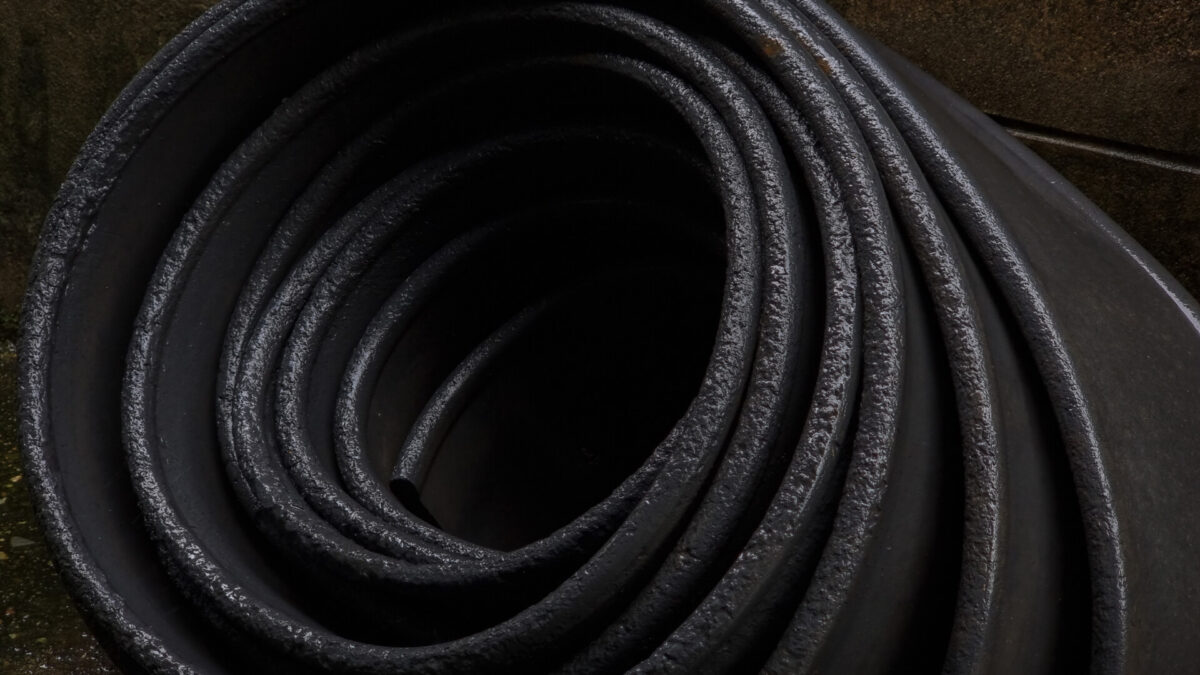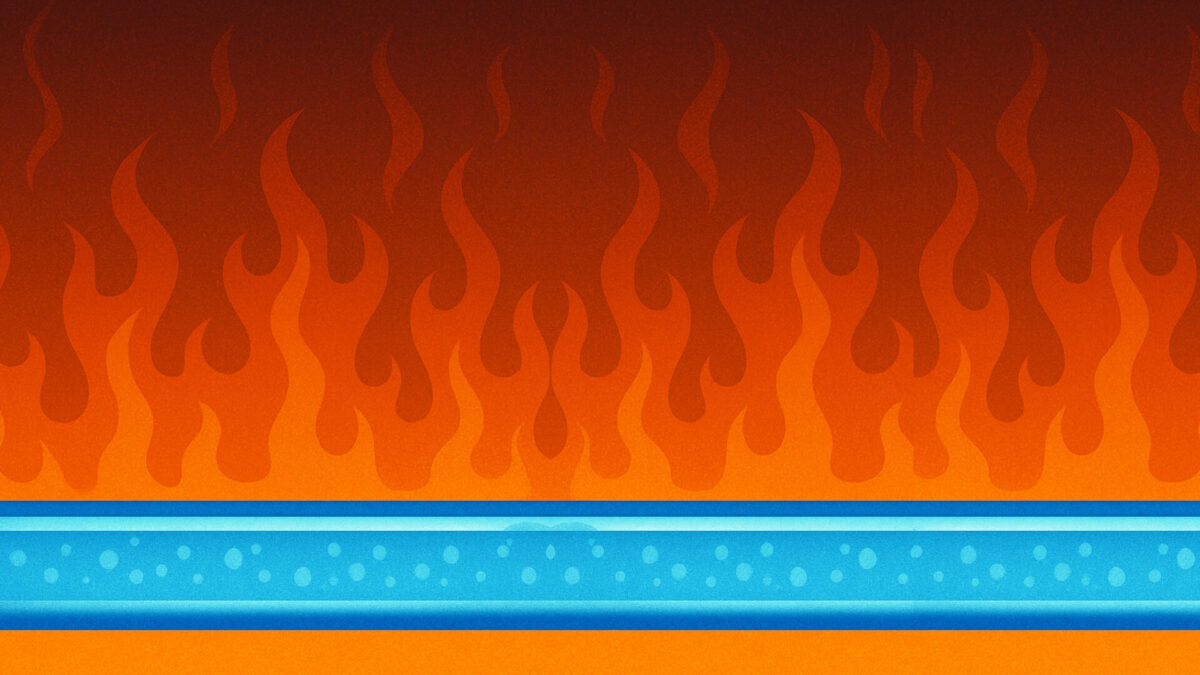Aerogel alternative
Advanced vacuum insulation is a highly effective thermal barrier that can be used as an alternative to aerogel. Both of these products can offer advantages compared to traditional insulating materials. Both technologies are both known for delivering ultra-high thermal performance in exceptionally thin packages. Insulon® advanced vacuum insulation offers benefits including fracture toughness, mechanical strength, resistance to vibration, and high temperature capabilities up to 815°C or higher, depending on the product.
What is aerogel?
Aerogel is one of the most effective types of insulation on earth. This exceptionally lightweight, porous, and low-density material can be found in applications ranging from commercial products to Mars Rovers.
Mechanical properties
Some thermal applications deal with high pressure, vibration, and other mechanical stresses. Mechanical strength is an important factor to consider when selecting thermal insulation products for these applications.
Is aerogel brittle?
Silica aerogels are very brittle, have low fracture toughness, and can break easily. Although some more robust x-aerogels exist, they have more limited operating temperatures than their silica counterparts.
“Material durability: Despite certain outstanding properties of silica aerogels, it is their brittleness that is the key limitation.”
– “Why isn’t the aerogel industry booming?” (2019)
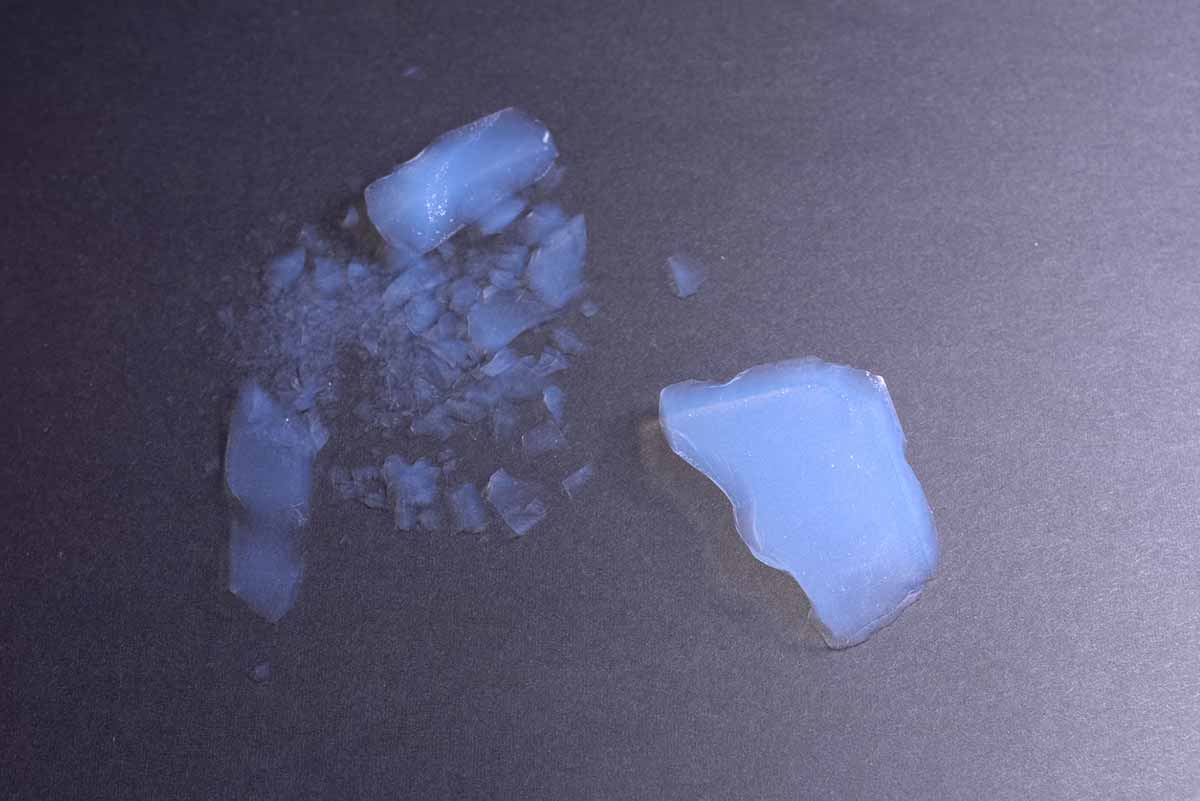
Durable, mechanically robust alternative
Advanced vacuum insulation materials include stainless steel, Inconel, and other alloys. These metals are mechanically robust and can resist damage due to vibration. Rugged material selection gives vacuum insulation high material strength. These highly durable materials allow vacuum thermal barriers to withstand vibration, high-pressure environments, and other physical stresses and strains.
Max operating temperature
Maximum operating temperatures for aerogel materials can vary. Silica-based aerogels and composite pyrogels operate until about 650°C. Airloys have maximum operating temperatures of about 300°C.
We engineer Insulon® advanced vacuum insulation for high-temperature applications up to approximately 1000°C.
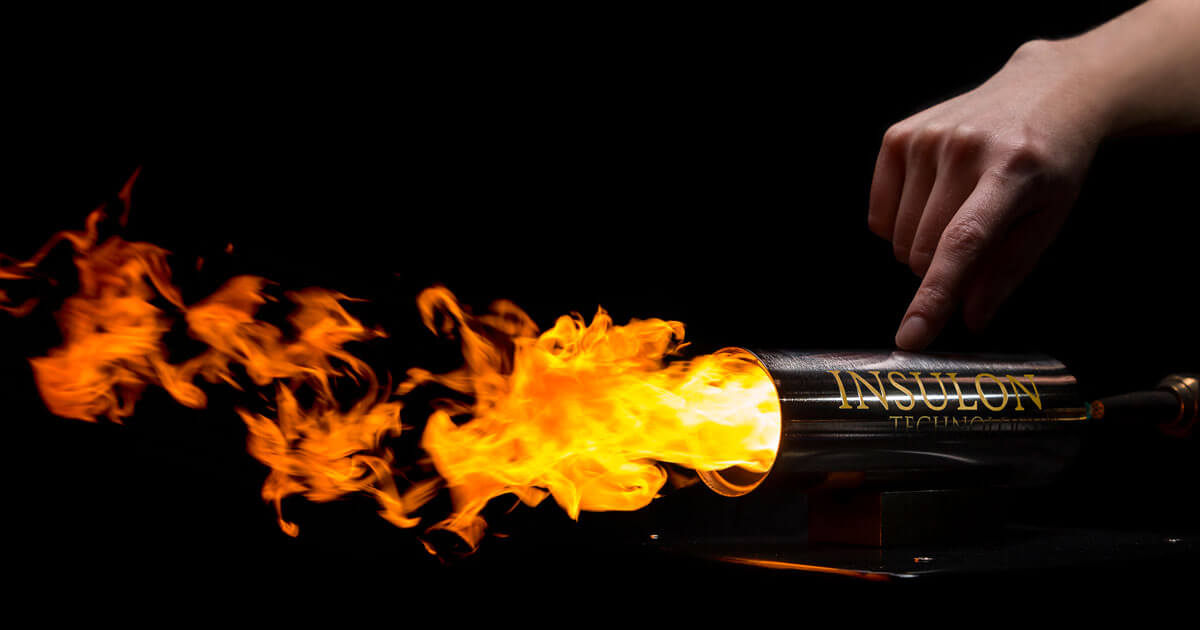
Pipe insulation
Aerogel thermal wraps and nanogel thermal wrap are often used for pipes. Advanced vacuum technology offers an alternative cryogenic and high-temperature piping solution. Insulon® advanced vacuum insulated pipes, tubes, and hoses can be engineered in straight, bent, flexible, and bend-to-shape geometries.
Material thickness
Like aerogel technology, advanced vacuum insulation has an extremely low profile compared to conventional types of insulating materials. Vacuum technology can drastically reduce heat transfer in millimeters of design space, or less. For example, vacuum insulated sleeves for thermal ablation therapies have less than 0.5 millimeters overall wall thickness.
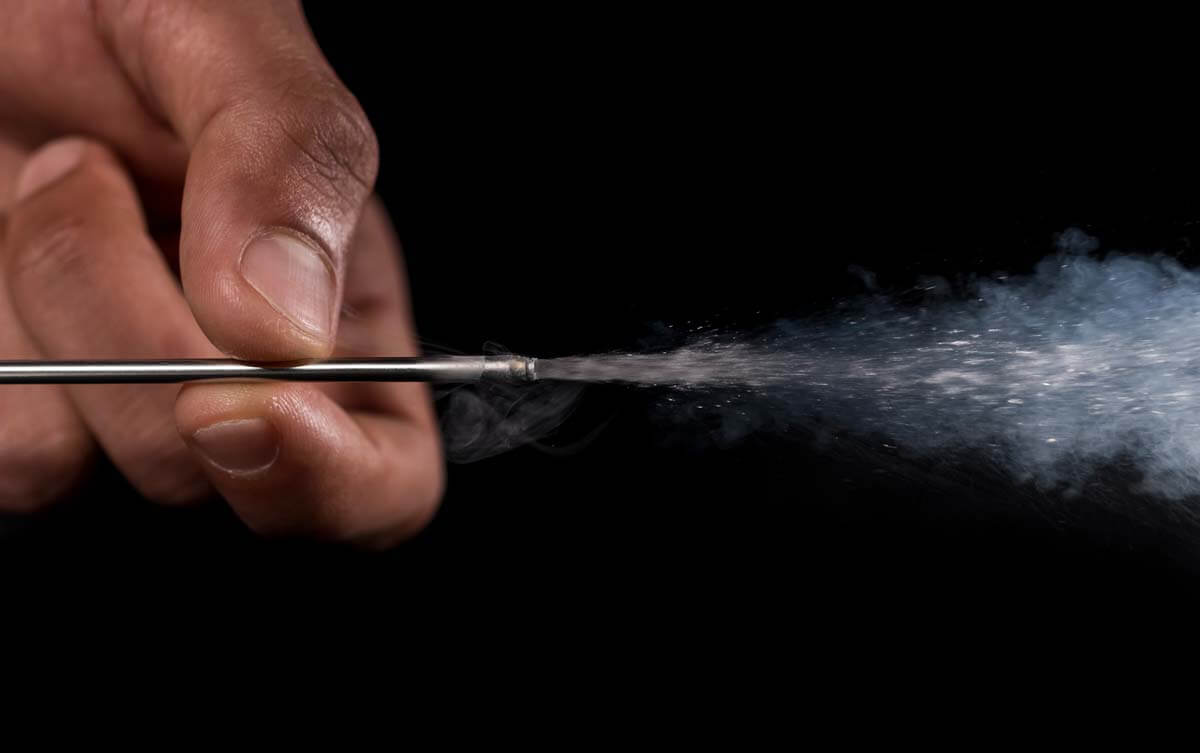
Advanced vacuum technology can be engineered into tubes, hoses, cans, containers, and custom geometries. Length, diameter, and other variables are selected according to the needs of individual applications. While overall wall thickness may be adjusted, all Insulon® parts have exceptionally thin walls (in the order of millimeters).
Thermal conductivity
Advanced vacuum insulation is engineered to provide optimal thermal performance.
R-value
The R-value of vacuum insulation can be carefully adjusted by parameters including material selection, length, diameter, and wall thickness. Insulon® advanced vacuum thermal barriers can typically deliver hundreds of degrees of temperature difference at both transient and steady states.
Radiation shielding
There are three types of heat transfer: convection, conduction, and radiation. Particularly in higher temperature applications, reducing radiation heat transfer can be important to achieving high thermal performance.
“At low temperatures, the radiative component of thermal transport is low, and not a significant problem. At higher temperatures, radiative transport becomes the dominant mode of thermal conduction, and must be dealt with… If silica aerogels are to be used at temperatures above 200 degree C, this mode of energy transport must be suppressed.”
– “Thermal Properties of Silica Aerogels” (2010)
To reduce radiation heat transfer, advanced vacuum thermal barriers can be engineered to include multi-layer insulation (MLI). Insulon® advanced vacuum super insulation with MLI can be engineered for applications up to 815°C or higher, depending on the product.

